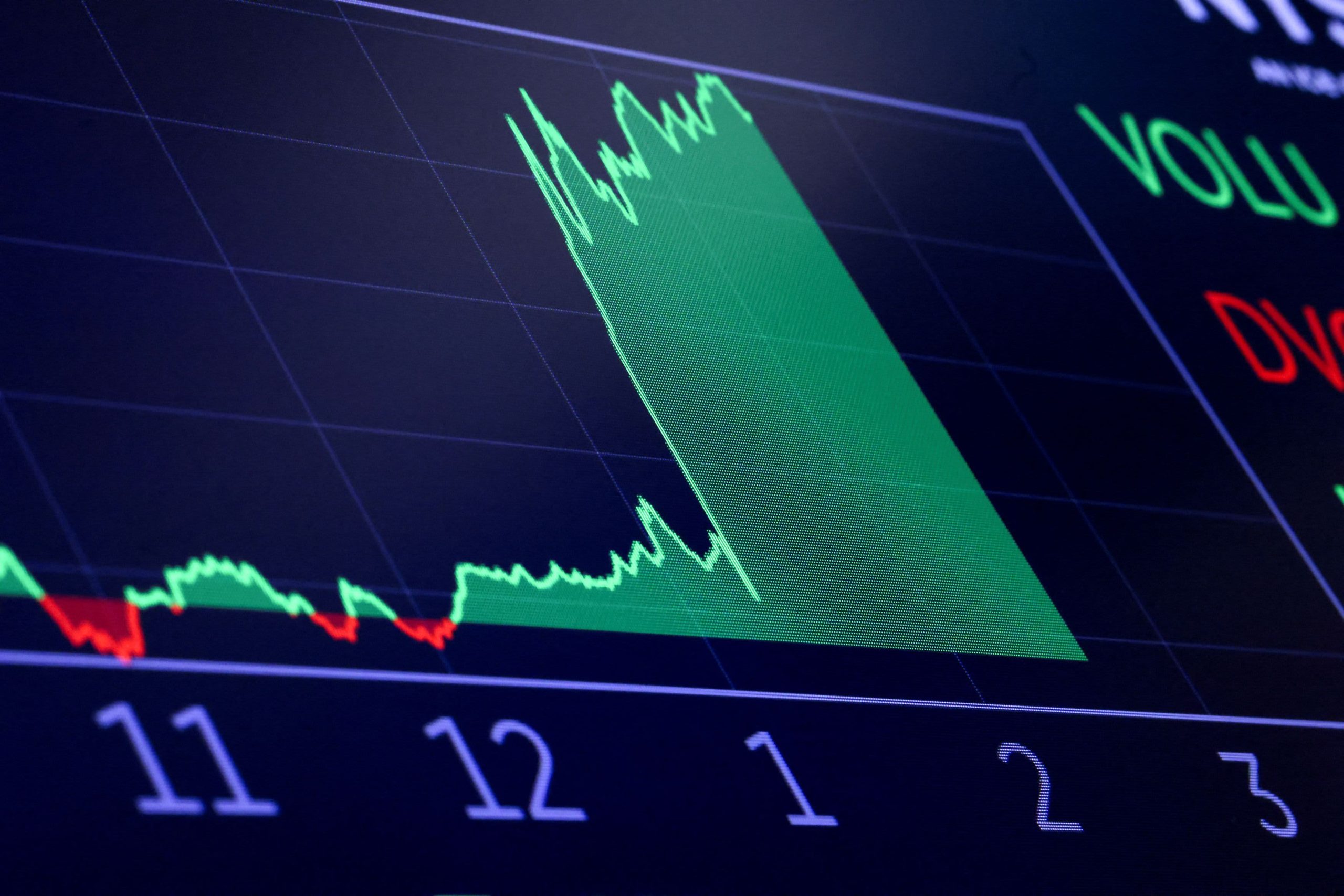In early May 2025, the U.S. stock market has been caught in a whirlwind of uncertainty. With the return of aggressive tariff policies and ongoing negotiations between the United States and China, investors are facing a new wave of volatility that’s shaking confidence across sectors. Major U.S. stock market indices like the S&P 500 and Nasdaq are experiencing heightened volatility in May 2025 as renewed tariff threats and U.S.-China trade negotiations rattle investor confidence. Explore the causes, data, and strategic outlook.
Major indices like the S&P 500, Nasdaq Composite, and Dow Jones Industrial Average have seen sharp daily swings, driven by fluctuating trade headlines and investor sentiment. While some sectors have shown resilience, others—particularly technology, manufacturing, and logistics—have taken a direct hit from policy ambiguity and global supply chain risks.
In this in-depth article, we’ll break down the numbers behind this surge in volatility, identify key triggers, explore investor behavior, and assess the broader economic implications. We’ll also include expert commentary from procurement strategist Mattias Knutsson to understand how businesses and investors can adapt in this fluid landscape.
The Tariff Trigger: Revisiting Trump-Era Trade Policies
Following mounting political pressure and national security concerns, former President Donald Trump’s administration reintroduced sweeping tariffs in April 2025. These include:
- 25% on Chinese electronics, tools, and consumer goods
- 20% on automotive and agricultural imports from Mexico
- 15% on steel and aluminum from multiple foreign suppliers
These measures aim to reduce U.S. reliance on foreign manufacturing and strengthen domestic production. However, they’ve had an immediate chilling effect on investor confidence.
Stock Market Performance Snapshot: Early May 2025
| Index | May 1, 2025 Close | May 6, 2025 Close | % Change |
|---|---|---|---|
| S&P 500 | 4,880 | 4,720 | -3.3% |
| Nasdaq Composite | 15,420 | 14,870 | -3.6% |
| Dow Jones Industrial | 37,200 | 36,120 | -2.9% |
Volatility, as measured by the CBOE VIX Index, spiked to 24.7, its highest point since March 2023.
Sectoral Impact: Tech, Manufacturing, and Energy
Certain sectors are absorbing the brunt of the trade-driven market anxiety:
- Technology Stocks: Apple, Nvidia, and Tesla dropped 5–7% over just three sessions as investors worried about exposure to China and rising component costs.
- Industrial & Logistics: FedEx and Caterpillar reported revenue risk due to expected supply chain disruptions.
- Energy Markets: Oil prices jumped 4% in the first week of May as investors feared higher shipping costs and raw material scarcity.
Performance of Select Stocks (May 2025)
| Company | Sector | May 1 Price | May 6 Price | % Change |
|---|---|---|---|---|
| Apple | Technology | $182.40 | $172.90 | -5.2% |
| Nvidia | Semiconductors | $958.00 | $902.50 | -5.8% |
| FedEx | Logistics | $267.20 | $252.80 | -5.4% |
| ExxonMobil | Energy | $117.00 | $121.60 | +3.9% |
Investor Sentiment: Risk-Off Mode Activated
Retail and institutional investors are shifting toward:
- U.S. Treasury Bonds, driving down yields
- Gold, up 6% month-to-date, hitting $2,180/oz
- Cash reserves, as fund outflows hit $7.3 billion in one week (Bloomberg, May 5)
Meanwhile, hedge funds are increasing short positions in logistics and import-heavy retail stocks, anticipating longer-term disruption.
Geopolitical Uncertainty Fuels the Flames
The negotiations between the U.S. and China have been characterized by:
- Delayed meetings
- Mixed statements from trade representatives
- Rumors of further tariff escalation
While the Biden administration has signaled interest in easing select tariffs, Trump’s camp insists on structural reforms to intellectual property enforcement and export controls. The impasse has left the markets jittery.
Federal Reserve and Inflation Outlook

The Fed has taken a cautious stance amid this uncertainty. While inflation cooled to 3.1% in April 2025, core goods inflation is expected to rise again if tariffs remain in place.
Chair Jerome Powell remarked:
“We’re closely monitoring trade policy impacts on pricing and consumer behavior. Rate cuts remain off the table until we gain clarity on economic stability.”
This wait-and-see approach has added to investor anxiety, prolonging decision paralysis in capital markets.
U.S. Stock Market Global Ripple Effects
- Asian Markets: The Shanghai Composite fell 4.8% in the first week of May. The Hang Seng dropped 5.1%.
- European Response: The Euro Stoxx 50 declined by 2.7%, while Germany’s DAX slumped as exports to China declined.
- Emerging Markets: Currencies like the Mexican peso and Indian rupee weakened, reflecting investor concern over capital flight.
This reflects growing interconnectedness and how U.S. policies influence global capital flows and equity pricing.
Strategic Insight from Mattias Knutsson
Mattias Knutsson, a leading authority in global procurement and supply chain strategy, believes the stock market’s turbulence reflects deeper structural tensions.
“Volatility is not a glitch—it’s a reflection of systemic fragility when geopolitics dictate trade mechanics. Companies must reassess dependencies and stress test their supply chain resilience.”
Knutsson advises firms and investors to:
- Diversify sourcing regions
- Hedge currency and material exposure
- Develop scenario-based procurement plans
“The ability to adapt quickly, based on external policy moves, will define winners in both business and markets.”
He also encourages closer coordination between CFOs, CPOs, and CIOs to align financial and supply chain strategies in a volatile macroeconomic environment.
Conclusion:
The U.S. stock market in May 2025 is a portrait of heightened sensitivity to geopolitical tremors and trade disruptions. While long-term fundamentals remain solid for many firms, the short-term noise is unavoidable.
Tariff policies, Fed ambiguity, and uneven trade negotiations with China have stirred a potent mix of fear and hesitation among investors. But as history shows, markets adapt—and those with clear-eyed strategies fare best.
For businesses and investors alike, this moment calls for vigilance, flexibility, and forward-thinking. Mattias Knutsson’s insights remind us that stability in today’s market doesn’t come from prediction—it comes from preparation. In a volatile world, strategy is the only constant.





